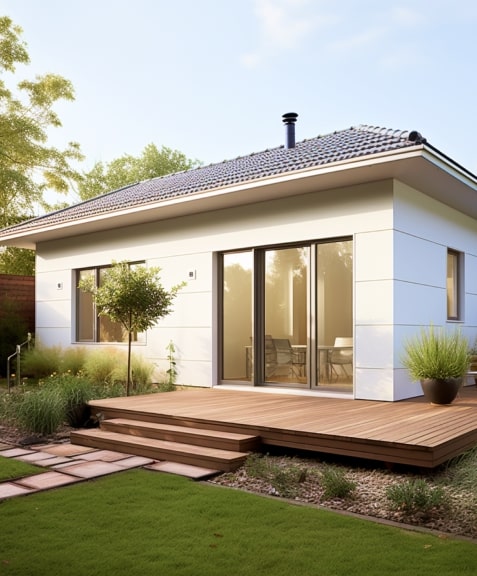
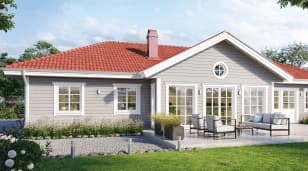
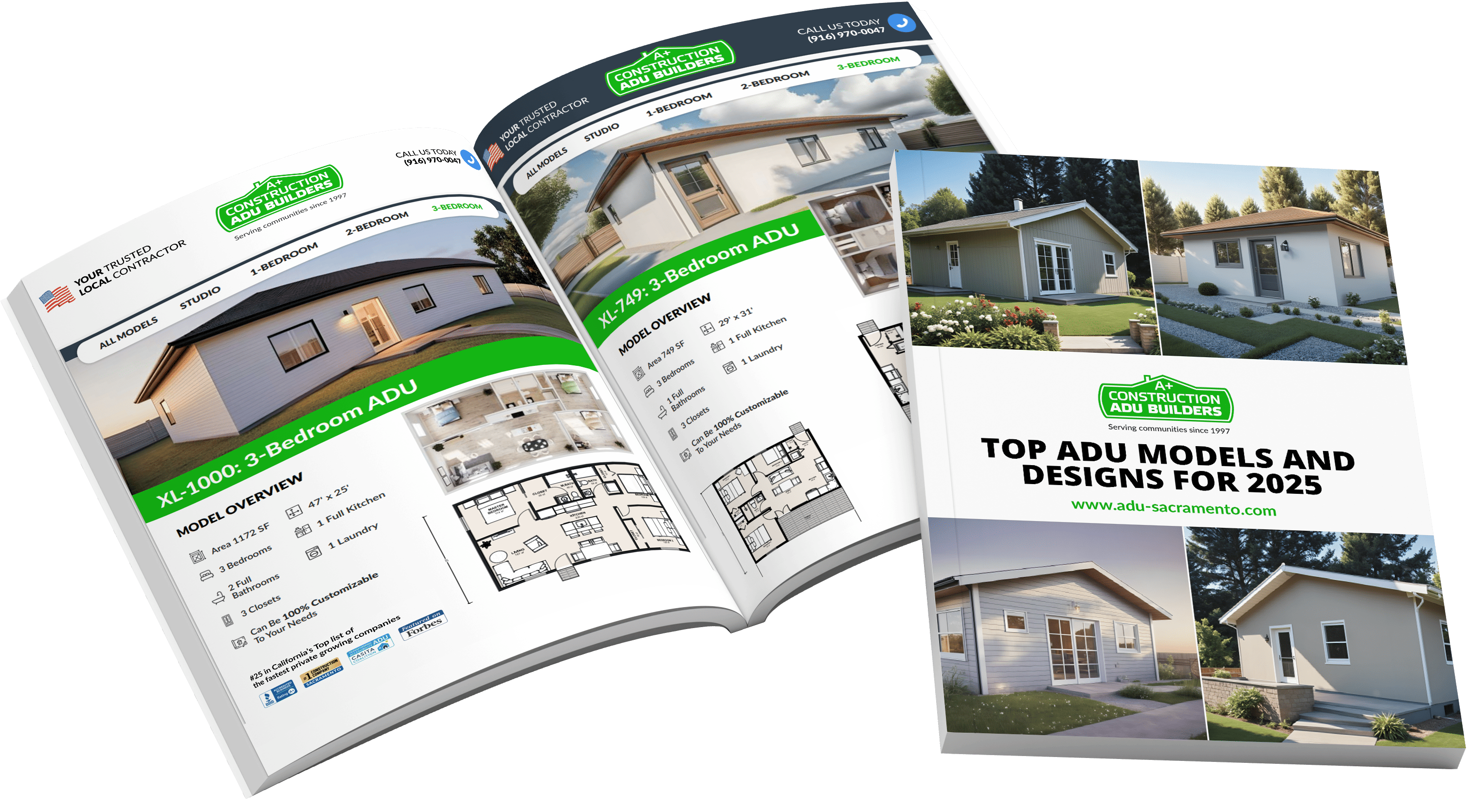

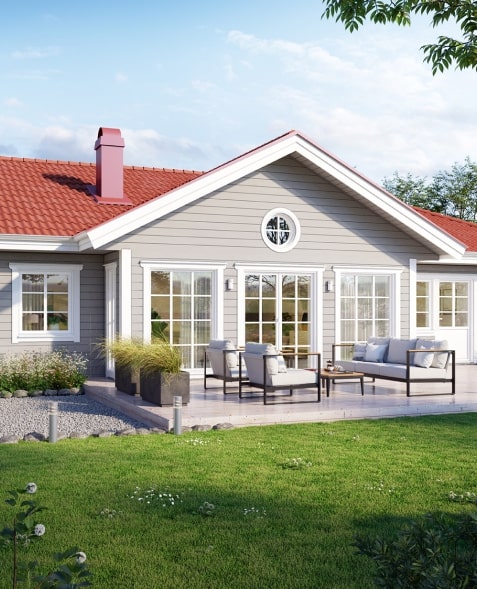
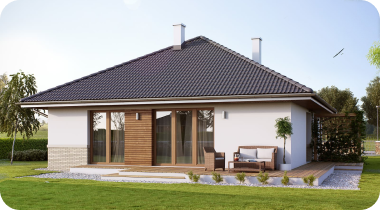
A link to download your FREE brochure will be in your inbox in 3 minutes
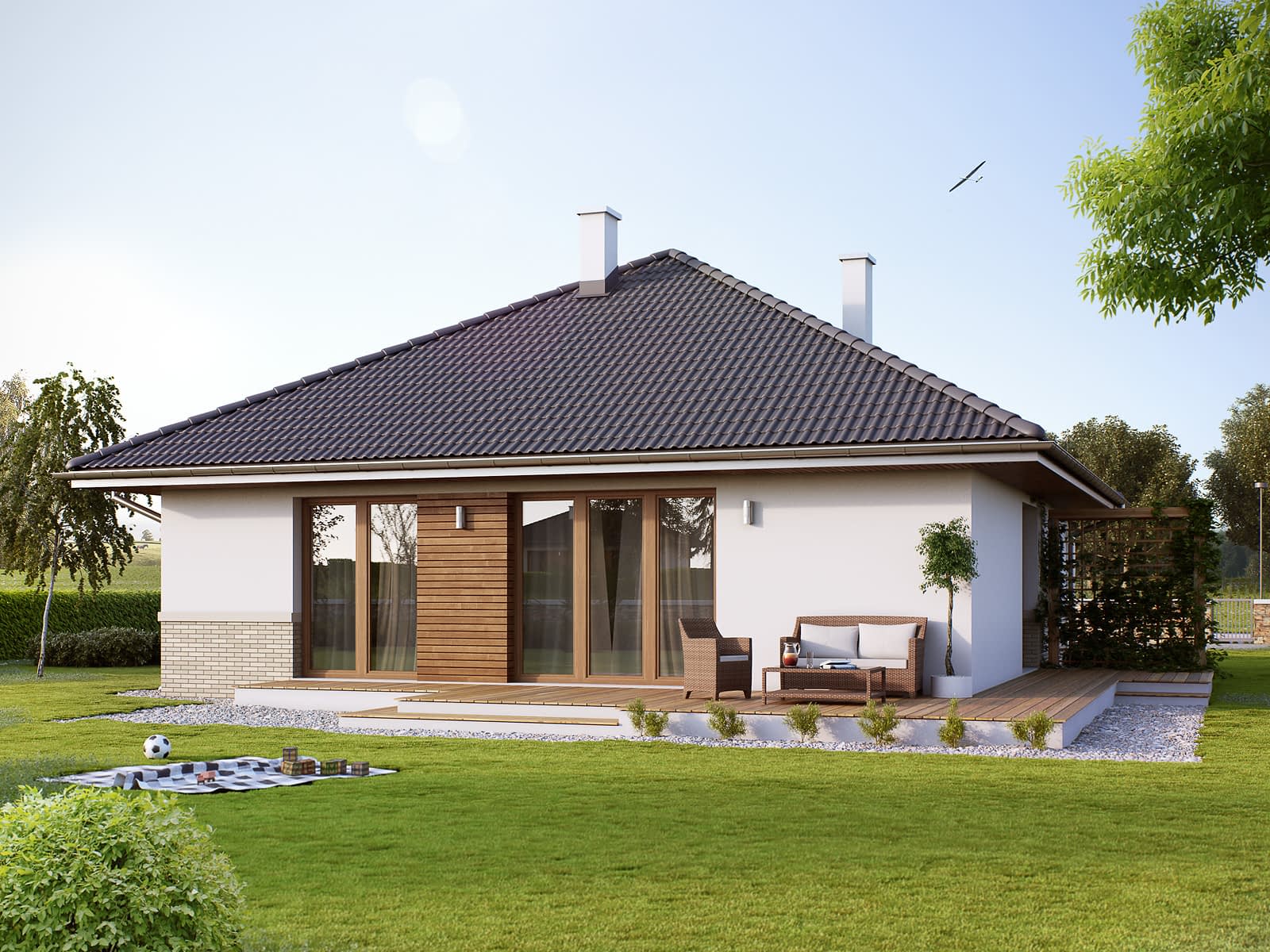





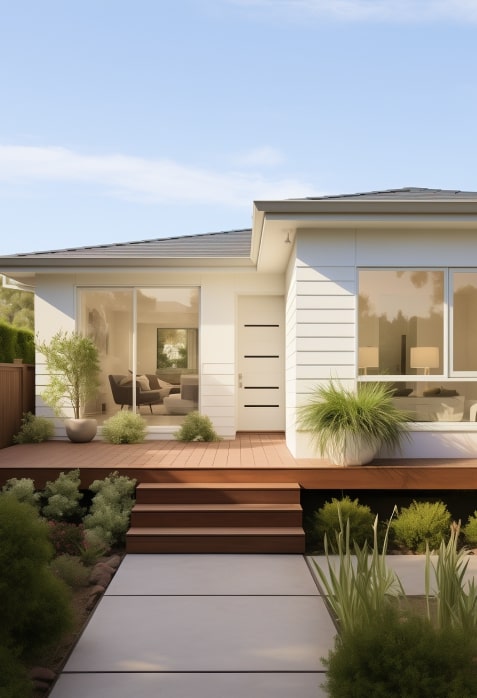
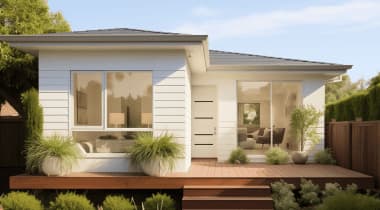











The final price may vary based on project specifics.
To get a free accurate quote tailored to your needs, book a consultation with us today!

The price per square foot provided is an average and may vary depending on project-specific details such as materials, location, complexity, and other factors. Actual costs may differ from the average provided.
It is recommended to obtain a detailed quote based on the specific requirements of your project.

Please note that the monthly payment displayed on this page is an estimate and is subject to variation based on the selected loan product, applicants credit score, loan amount, and other financial details. Actual monthly payment may differ from the estimate provided.
It is recommended to seek advice from a financial advisor or loan officer to obtain precise payment information tailored to individual circumstances.
 Your Trusted
Local Contractor
Your Trusted
Local Contractor
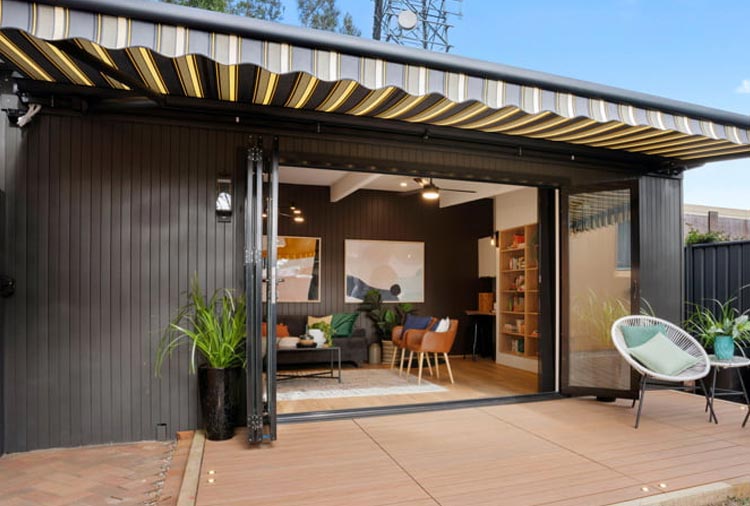
Because real estate in California is becoming more expensive, people start searching for other ways to obtain a living space. For example, some of them try moving into their old garages. But is it even legal? Do you have the right to live in a garage, and if you don’t, how do you get them? Is it very complex? Let’s find out!
In order to live in a garage or rent it out in California, its owner has to convert it into a legal habitable space. This space will need to meet certain basic requirements. Otherwise, the owner may get a fine even for sleeping in this location for one night or inviting another person to it.
But what is a habitable space, and what requirements does it need to comply with? Those requirements differ from one place to another — but some of them are the same all over California. They regard things like ceiling height, size of windows, natural light, natural ventilation, temperature, and so on. A permitted habitable space needs to have plumbing and electrical systems, a lock, and a smoke detector, but can’t have a gas water heater since it emits carbon monoxide. Also, it’s illegal to use it as a garage anymore.
In case you have a garage on your property that you want to turn into an ADU, you should know all the local building regulations for living spaces in your area. The most optimal variant is to hire a legal specialist with large experience.
Basically, it’s an ordinary garage turned into a living space which you can use in different ways — for rent, elderly parents, grown-up kids, etc. As any accessory dwelling unit, it needs to have kitchen, bedroom, and bathroom facilities.
A garage conversion dwelling unit in California has numerous benefits, such as:
The process of converting a garage into an ADU consists of several stages. To finish them all successfully, homeowners need to understand them.
These stages are the following:
First of all, you’ll need to find out the category of your garage. According to California law, a garage conversion is a subtype of ADU. So yes, it’s possible to turn a garage into a completely legal living space.
But for this reason, the laws require you to renovate this location. Living in an unprepared garage or renting it out is illegal because it can be unsafe — especially if there’s still a car inside of it. The consequence of such a violation can be fines and eviction. Even if you let another person spend a night in an unconverted space on your property, you can get a fine.
Because of the housing crisis, the California law now permits to turn a garage into a habitable space. However, in order to make it legal, you’ll need to do it properly. Converted garages done without following the specific requirements don’t count as living spaces.
In addition to the state laws, there are local building and zoning code regulations, which you also need to comply with. Also, remember that garage ADUs are still illegal in some places. So, you’ll need to read your city or county laws very thoroughly to make sure that they allow converting garages into living quarters.
An important part of the housing regulations is the safety rules. Any legal living space on your property should be perfectly safe and free of any potential dangers. If your garage conversion plan doesn’t meet safety standards, you won’t be able to obtain a permit.
The main of these standards are:
If you pay attention to all the aforementioned requirements, you can make sure that your garage conversion project is safe enough — and your chances to get a building permit successfully are significantly higher.
If you’ve ensured that your local laws allow converting garages into a living space, start creating a plan for your future house. Try to avoid any code violation. In some places, parking regulations require constructing another garage on your property to get your car parked. Then, you’ll need to have your plan permitted by the city or county authorities. Note that several housing inspections are usually required.
If you plan to rent your ADU out legally, it’ll need to meet additional specific requirements. The house should have:
In California, city and county laws for rented houses are rather complicated, so it’d be much better to consult with a specialist — for example, a property manager or a lawyer. Before you start using your garage building for rent, ensure that it suits all the basic requirements. It will help you prevent much more trouble with the law in the future.
Also, you’ll need to access your garage’s structural integrity. Because you’re going to transform it into a habitable space for living or renting out, it’s vital to check the condition of the location. Make sure that it’s reliable and able to support all the modifications. It’s better to give this task to a qualified structural engineer, who can estimate all the parts of the building (its walls, floor, roof, and foundation) and determine whether they need any repairs and meet the code.
When creating your ADU apartment plan, try to combine functionality with aesthetics. Keep in mind that both of them are very important.
In California, most garages aren’t very spacious buildings. But if you make a plan carefully, you can maximize the space in your garage and turn it into a comfy house. There are lots of smart solutions for it — for example, wall shelves, storage space under the stairs, built-in cabinets, and so on. Also, don’t forget about compact and multifunctional furniture – Murphy beds, storage sofas, folding tables, and so on. All of this can help you use the most out of your garage space.
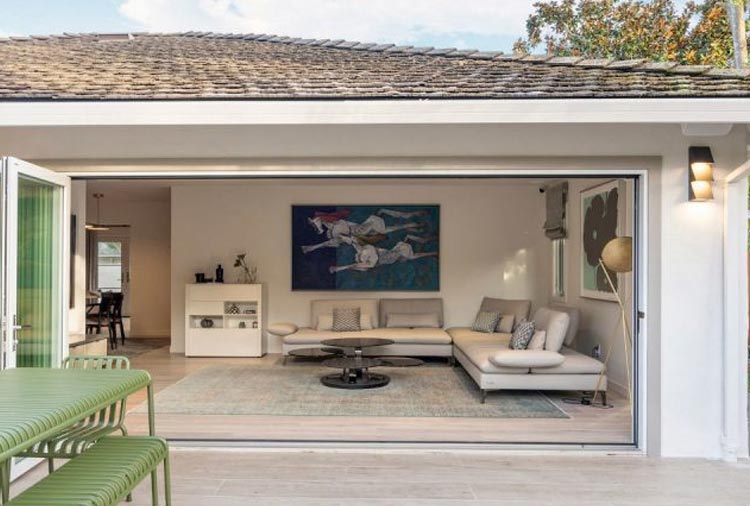
One of the most crucial steps in planning a garage conversion is to divide it into different living zones. Decide where you’ll situate the bedroom, bathroom, kitchen, and living room. Try to make their location as comfortable and convenient as possible. Also, don’t forget about providing natural ventilation.
The renovation process is essential for converting your garage into a comfortable tiny house legally.
In most cases, it consists of the following steps:
The last steps of converting a garage into an ADU are the finishes and floor installation, and, of course, the interior design.
Let’s look more closely at each one of them:
As with other parts of the conversion process, the best variant is to hire a professional room designer. Only a qualified person can create a really cohesive and stylish interior look.
The overall price of a converted garage in California can differ due to various factors such as its place, complexity, size, materials, and so on.
The main things to consider when estimating the costs are the following:
To make your estimate more precise, attend consultations with various experts – for instance, contractors, architects, designers, engineers, and estimators. They can help you plan the project costs much more accurately.
Get a First Look at Real ADU Projects